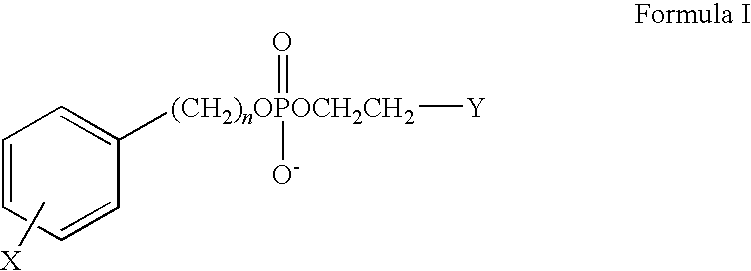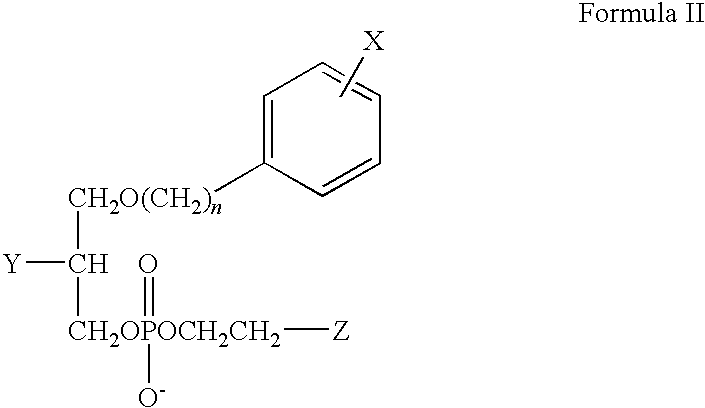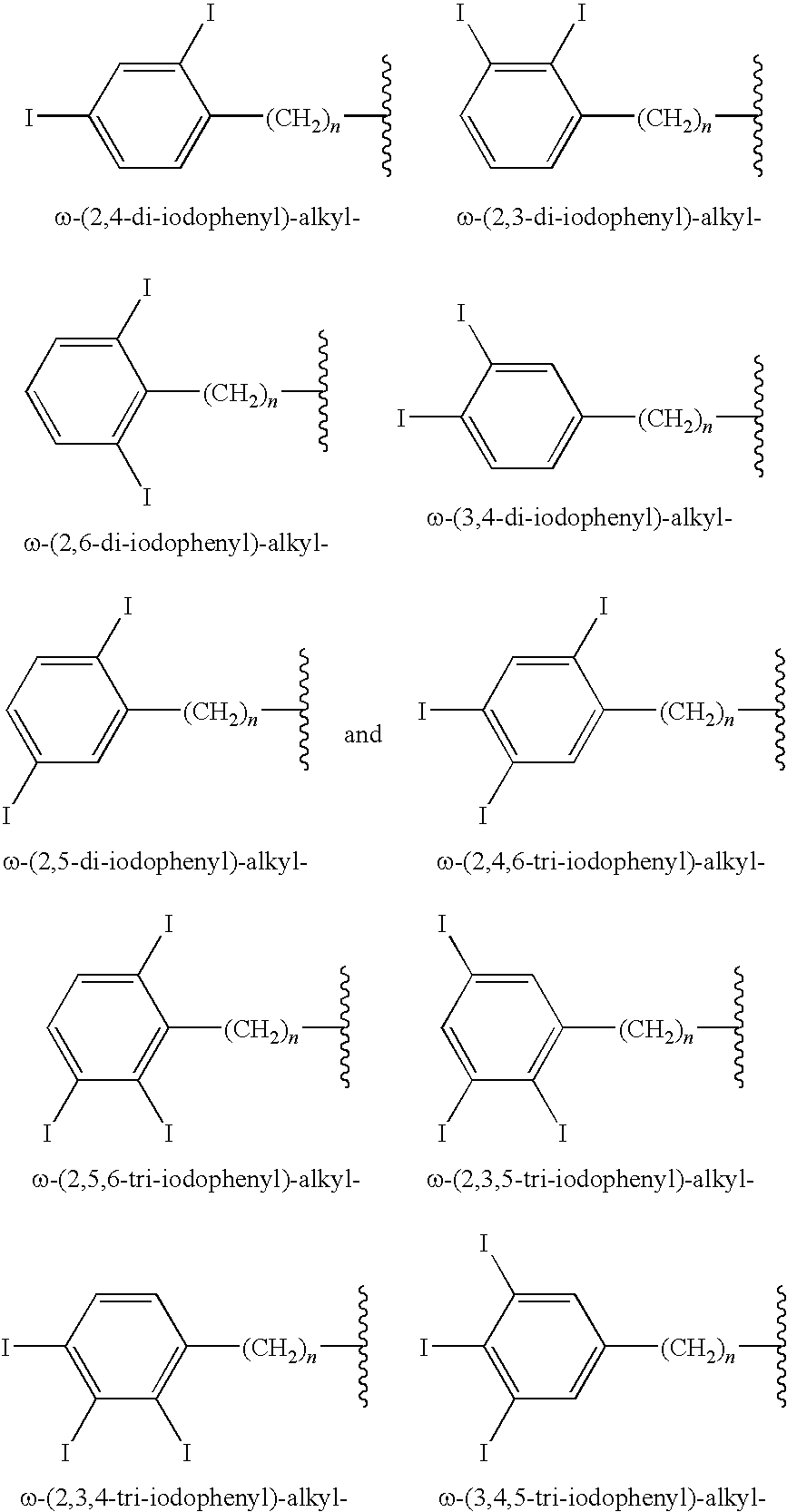Ether and alkyl phospholipid compounds for treating cancer and imaging and detection of cancer stem cells
a technology of alkyl phospholipids and stem cells, applied in the direction of drug compositions, sexual disorders, therapy, etc., can solve the problems of long-term ineffectiveness of chemotherapy agents against cancer stem cells, and ineffective current cancer chemotherapeutic agents which can successfully kill differentiated tumor cells
- Summary
- Abstract
- Description
- Claims
- Application Information
AI Technical Summary
Benefits of technology
Problems solved by technology
Method used
Image
Examples
example 1
Testing CLR1501 In Vitro to Determine if the Compound Enters Cancer Stem Cells
[0087]An objective of this experiment is to determine whether an alkyl phospholipid compound CLR1501 (a fluorescent version of CLR1404) enters cancer stem cells in culture utilizing confocal microscopy.
[0088]CLR1501 has the following structure:
[0089]We have shown in cell culture studies that CLR1501 is preferentially taken up by a variety of tumor cells relative to their normal host tissue cells. The agent initially associates with outer cell membranes, becomes internalized, and then associates with other subcellular organelles and membranes. It does not appear to enter the nucleus even after 24 hours.
[0090]A similar experiment utilizing CLR1501 could be performed to demonstrate that alkyl phospholipid compounds can penetrate cancer stem cells. A comparison in brain tumors, for example, would consist of doing a parallel comparison of CLR1501 uptake in cultured glial cells (normal brain neuronal cells), nor...
example 2
Testing CLR1404 In Vivo to Determine if the Compound Enters Cancer Stem Cells
[0092]An objective of this experiment is to determine whether 124I-CLR1404 enters cancer stem cells in vivo utilizing microPET / CT / MRI scanning.
[0093]Utilizing microPET / CT hybrid scanning of our tumor-bearing mouse models, we can quantitatively monitor tumor uptake and retention three-dimensionally in intact rodent tumor models, including xenografts of human tumors in immune-compromised mice, as well as spontaneous mouse and rat tumor models.
[0094]To evaluate the potential uptake of CLR1404 into cancer stem cells, using glioma as an example, we would perform in vivo microPET / CT / MRI hybrid scanning of anesthetized animals bearing orthotopic brain tumors derived from human glioma stem cells. Isolation of these cells would be similar to that described in Example 1, with the exception that the tumor stem cells would be implanted orthotopically into the mouse brain. A comparison would also be done with normal gli...
example 3
Testing CLR1404 In Vivo to Determine if the Compound Reduces the Number of Cancer Stem Cells
[0095]An objective of this experiment is to determine whether 125I- or 131I-CLR1404 can kill cancer stem cells and compare survival of normally differentiated glioma cells.
[0096]The same glioma model as proposed for the experiments in Examples 1 and 2 may be utilized. It would be desirable to compare the therapeutic efficacy of both 125I-CLR1404 and 131I-CLR1404. Accordingly, cohorts of brain tumor bearing mice would consist of sham operated (n=3), normally differentiated glioma (n=3), and stem cell derived glioma (n=6). Tumor would initially be confirmed noninvasively with high field MRI imaging prior to administration of the agent. Animals would receive a mixture of imaging (124I) and therapeutic (125I or 131I) agent at T0 and scanned up to 4 days post injection to determine suitable tumor targeting. After a predetermined period of time, animals will be euthanized, tumors excised, cells dig...
PUM
| Property | Measurement | Unit |
|---|---|---|
| concentration | aaaaa | aaaaa |
| fluorescent | aaaaa | aaaaa |
| single photon emission computed tomography | aaaaa | aaaaa |
Abstract
Description
Claims
Application Information
 Login to View More
Login to View More - R&D
- Intellectual Property
- Life Sciences
- Materials
- Tech Scout
- Unparalleled Data Quality
- Higher Quality Content
- 60% Fewer Hallucinations
Browse by: Latest US Patents, China's latest patents, Technical Efficacy Thesaurus, Application Domain, Technology Topic, Popular Technical Reports.
© 2025 PatSnap. All rights reserved.Legal|Privacy policy|Modern Slavery Act Transparency Statement|Sitemap|About US| Contact US: help@patsnap.com



